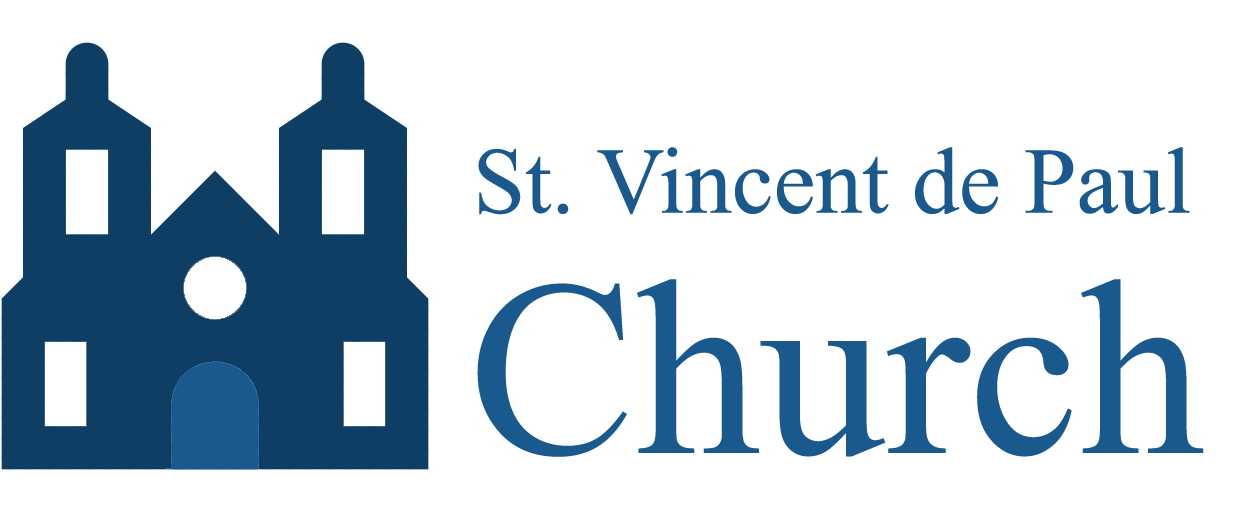Pastor’s Desk ~ February 5, 2023

Dear Fellow Parishioners,
This is the final of four articles on the late Pope Benedict XVI.
The conclave of 2005 which elected Pope Benedict XVI was the first to be housed in Casa Santa Marta at the Vatican, built by Pope John Paul II for that purpose and for housing visiting clergy at other times. During conclaves, isolation of the electors is aided by disconnecting the house telephones and cable TV. (Before that, the cardinals were holed up in hastily-constructed rooms with portable beds and partitions, without air conditioning or effective heating.) The new accommodations, built in 1996, are comfortable but not luxurious. It is where Pope Francis has lived since becoming pope, rather than in the Papal Apartments.
Upon the election of Benedict XVI, the first major practical task was making long-delayed repairs to the Papal Apartments, including repairing the roof and removing large barrels placed to catch leaks, replacing wiring so old that it was on a different current (125 V) from the rest of Europe (220 or 230 V), replacing bad lighting and plumbing. One of the bigger jobs was to build a library to accommodate the pope’s 20,000 books, and then moving those books in the exact same order as they were in at his previous apartment, together with his personal furniture and piano. Pope Benedict had to stay at Castel Gandolfo for three months while over 200 architects, designers and workers completed the work.
He chose his papal name after two well-known Benedicts: Pope Benedict XV, who worked tirelessly for peace during World War I, and St. Benedict of Nursia, the father of Western Monasticism and, in the view of many, the father of Europe and European culture. As Pope, Benedict XVI canonized 45 saints. He also named two new Doctors of the Church: Hildegard of Bingen and John of Avila, only the 34th and 35th saints given that high honor in the entire history of the Church up to that time. (St. Irenaeus of Lyon and St. Gregory of Narek, an Armenian saint, have been added since by Pope Francis.)
Benedict XVI was at least as active in visiting foreign countries as John Paul at comparable ages. At the Vatican, he drew even larger crowds than Pope John Paul II. Benedict returned to using an open-topped Popemobile when moving through St. Peter’s Square, a practice which Pope Francis has continued. Abroad, he often drew massive crowds, including 250,000 people at an open-air Mass in Paris in 2008.
Pope Benedict will be remembered chiefly for a few priorities of his pontificate: 1) His aesthetic of beauty, summed up in his own words: “The only really effective apologia for Christianity comes down to two arguments, namely, the saints the Church has produced and the art which has grown in her womb.” 2) His document “Summorum Pontificum” which greatly broadened the circumstances under which the Tridentine Mass of 1570 (in Latin) could be celebrated. (This has been substantially reversed by Pope Francis and, in the minds of many Catholics, this matter remains unsettled.) 3) His teaching of Christianity as a religion according to reason. 4) His staggering output of books (68) plus articles, treatises, etc. before, during, and after his papacy. In the future he will very likely be named “Doctor of the Church”.
Fifth and finally, he will be remembered as the pope who normalized papal retirement. In retirement, Benedict XVI preferred to be known as “Father.” Pope Francis says that he will likely change the style and title of future retired popes, but does not question the notion of retirement itself. (A retired pope would be styled, “Archbishop of Rome Emeritus” and live in Rome, but not at the Vatican.)
Blessings,
Fr. Bill Donahue

Leave a Reply
Want to join the discussion?Feel free to contribute!